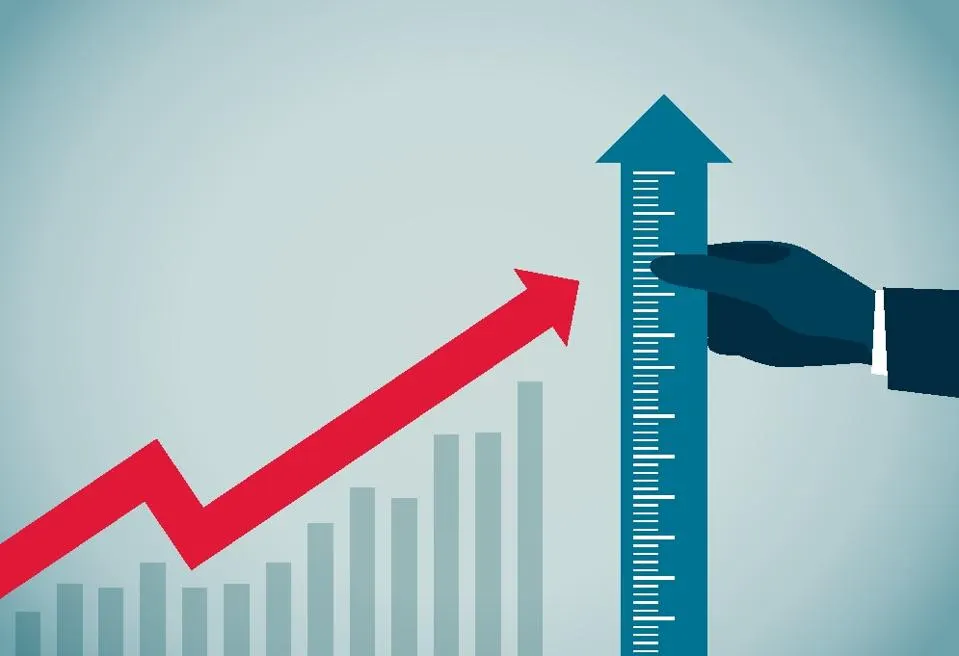Introduction: The Quantum Threat Landscape and the HNDL Attack
The quantum era is no longer a distant forecast; it’s an unfolding reality. Progress on quantum computers, including scaling and noise reduction for qubits, is moving quickly. New algorithms that claim to accelerate the factoring of large numbers—faster than Shor’s algorithm, which will break encryption—are appearing; this is an active area of research. Understanding the quantum threat landscape becomes crucial as organizations grapple with the implications. The ‘Harvest Now, Decrypt Later’ (HNDL) attack poses the most significant risk. This strategy involves adversaries stockpiling encrypted data today, waiting for quantum computers to become capable enough to break the encryption. The primary target of HNDL attacks is the symmetric/session key, safeguarded by asymmetric encryption—a vulnerability that future NIST Post-Quantum Cryptography (PQC) aims to fortify. For more information, see our in-depth post on Explaining Quantum Risk.
The Essence of Crypto-Agility
As modern cybersecurity strategy evolves, experts increasingly recognize crypto-agility as an essential development methodology. Far from just a buzzword, it encapsulates the ability to transition to new cryptographic standards and methods quickly and effectively, including the need to update vulnerable encryption algorithms. This principle of crypto-agility is recognized as a crucial practice, ensuring that systems and applications are secure, resilient, and adaptable in the face of inevitable cryptographic evolutions.
The Limits of Crypto-Agility
Crypto-agility plays a vital role in cybersecurity, but it has limitations. Consider the case of SIKE, a fourth-round candidate in the NIST PQC process. Initially considered quantum-resistant, SIKE was broken using a classical attack based on the ‘glue and split’ theorem from the 1990s. The attack was executed on a standard computer using a single Intel Xeon CPU core, demonstrating that even algorithms believed to be quantum-proof are vulnerable to classical mathematical strategies. If SIKE had been widely deployed, adversaries who had been patiently harvesting data could now easily access all the previously secured data under SIKE. This hypothetical scenario underscores the vulnerability – post-deployment, crypto-agility cannot protect against the exploitation of harvested data. It is an adaptive measure for transitioning between cryptographic states but cannot retrospectively protect data. This critical distinction emphasizes that while crypto-agility enables us to adapt swiftly to vulnerabilities in cryptographic methods or implementations, it does not retroactively protect data encrypted with a compromised algorithm.
Conclusion: A Proactive Call to Quantum-Secure Futures
Crypto-agility is vital for organizations aiming to bolster their cybersecurity amid evolving threats. Yet, it alone does not fully address the ‘harvest now, decrypt later’ (HNDL) attacks anticipated with quantum computing advancements.
Qrypt’s Quantum Key Generation (QKG) offers a forward-thinking solution—allowing the creation of one-time pads or symmetric keys at endpoints, over any distance, without costly hardware or fiber optics. This approach inherently mitigates quantum risks; keys that aren’t transmitted can’t be intercepted.
Complementing this, our Quantum Secure Tunnel, a fusion of QKG with an Envoy proxy in a Kubernetes container, employs a one-time pad for securing critical data transmission. This technique, rooted in information-theoretic principles, ensures even quantum computers cannot exploit transmitted data, rendering HNDL attacks ineffective.
Read more about Qrypt’s Quantum Key Generation here.
For a comprehensive understanding of crypto-agility and its integration with quantum-resistant technologies, delve into our detailed discussion.
Contact Qrypt for expert guidance on navigating and securing your digital assets in anticipation of the quantum era: info@qrypt.com



